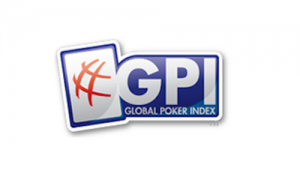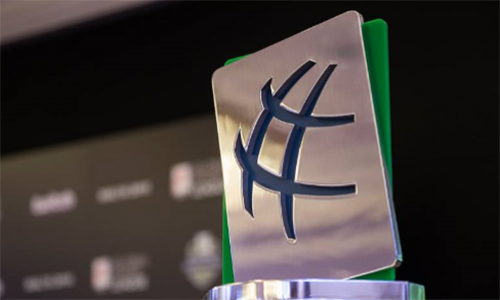GPI Implements Scoring Changes
I am not sure how much poker players actually care about Player of the Year races and other player ranking lists, since for most, I would assume it is money and major tournament titles that matter most, but these sorts of rankings exist, so people talk about them. After giving the public a preview last June, the Global Poker Index (GPI) announced last week that it has implemented changes to its scoring system, arguably the most highly regarded in the industry.
“The full release of this updated scoring system is over 18 months in the making,” said GPI Head of Poker Content Eric Danis in a press release. “With the ever-changing poker landscape, we recognized that a revamp was required, more than the standard adjustment we usually already make on a yearly basis. We listened to the players and are convinced that this is the way to go; the updated scoring process will see successful players at most buy-in levels rewarded in our rankings.”
 The GPI does not publish its exact scoring formula, though it does have a GPI score calculator on its website. The scoring system is explained in general terms on the site. Three things go into a player’s score for a given tournament: the number of players in the event, the buy-in, and where a player finished (provided it is in the money). These combine into a score and for the overall GPI rankings (not Player of the Year), an aging factor is used as an adjustor. The past three years (rolling basis) of tournaments are counted, with the most recent ones counting more. Thus, a 100-point score for a tournament result yesterday is worth more than a 100-point score from two years ago.
The GPI does not publish its exact scoring formula, though it does have a GPI score calculator on its website. The scoring system is explained in general terms on the site. Three things go into a player’s score for a given tournament: the number of players in the event, the buy-in, and where a player finished (provided it is in the money). These combine into a score and for the overall GPI rankings (not Player of the Year), an aging factor is used as an adjustor. The past three years (rolling basis) of tournaments are counted, with the most recent ones counting more. Thus, a 100-point score for a tournament result yesterday is worth more than a 100-point score from two years ago.
Prior to the changes, a tournament must have had at least 21 players to count and a $1 minimum buy-in. Additionally, a couple caps were put into place so that unusually large or expensive tournaments did not skew scores. We won’t really worry about that here.
Despite the caps, the primary complaints about the GPI over the last couple years have revolved around how players are rewarded for ultra-high buy-in tournaments. It makes sense to weight a $25,000 tourney more than a $25 tourney, as the players incur more risk and the field of the high buy-in event is likely to be tougher, but the top of the Player of the Year rankings has become more and more filled with players who specialize in high roller tournaments. The argument here is that even though the relative skill of players in those tournaments is higher, it is theoretically easier to make the money in them because of their smaller fields.
Even though there are thousands of “donks” in the WSOP Colossus, that also means there are thousands more players who could trip you up on any hand. Large tournaments will last longer, will require players to see more hands, and will therefore be filled with many more landmines that need to be dodged. Even though poker is a skill game, much luck is involved hand to hand, so the more hands one has to play, the greater a chance there is to have that one big unlucky hand.
Thus, the GPI has increased the field requirement from 21 to 32 players in order for a tournament to be eligible to count in the GPI rankings.
The buy-ins of those high roller events have also seemed to play too large of a role in points that are awarded when compared to low buy-in events, even with the buy-in cap put in place for GPI scoring purposes. As such, the GPI has announced that players in tournaments with buy-ins under $1,500 will “accumulate a significantly bigger amount of points than they would have in the past.”
Tournament winners will also see a boost in their scores.
This is not to say that players should not be rewarded for doing well in high roller events; it is just that many players have felt that the GPI rewards are too great for those events and those rewards naturally go to a very small portion of the poker community. Should someone who successfully grinds hundreds of $500 tournaments rank up there with someone who does well in several high roller events? Probably not, but some flattening of the point scale was probably in order.
For all we know, these changes will have little effect on the GPI rankings, as it is unlikely that anyone will make any significant changes to the tournaments in which they play just to try to climb in the rankings. It will be interesting to see if the adjustments allow any lower-stakes grinders to appear amongst the leaders on the GPI lists.



















COMMENTS